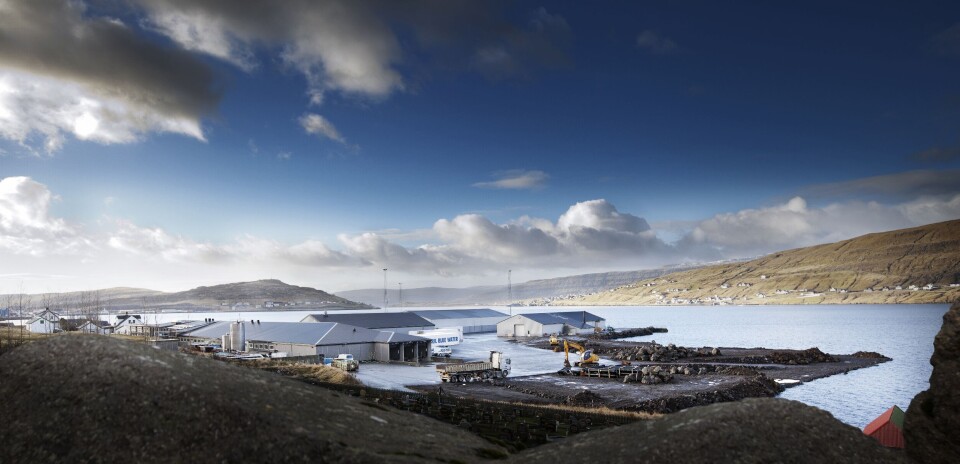
Profits hit £3.36/kg
Bakkafrost cemented its reputation as one of the world’s top performing salmon producers, with an EBIT/kg of NOK 34.44 (£3.36) in the third quarter of the year, up from NOK 17.25/kg in Q3 2015, thanks to high prices and a good biological performance.
The company’s Q3 report, published today, shows that global salmon production was 35,600 tonnes lower than in the same quarter last year, a drop of 6.7%, while the global total for 2016 is projected to be 4% lower than last year.
“Together with a continually strong demand for salmon in nearly all markets, this has resulted in a significant increase in salmon prices during 2016,” states the report.
Bakkafrost’s harvested volumes decreased by 18% in Q3 2016, compared with the same quarter of last year, dropping to 10,664 tonnes, while the average weight of harvested fish was 5.3kg. The estimated harvest volume for the year has now been reduced from 49,000 tonnes to 47,500 tonnes, in order to optimize harvest size, but the company expects to harvest 56,000 tonnes gutted weight in 2017.
Commenting on the result, CEO Regin Jacobsen said: "Bakkafrost delivered a satisfying result for Q3 2016. The salmon spot price continues to be high, although marginally down from previous quarter and our farming segment delivered a very good margin…The future is exciting with the farming operations in Suðuroy now being a part of Bakkafrost Group, giving us new opportunities."
Biological challenges
Although the firm suffered an ISA scare at one site in July, the presence of a pathogenic ISA virus has not been confirmed and the report states that the event “has not affected Bakkafrost's financial performance in Q3”.
However, it has drawn “attention to the importance of good animal welfare and biology, reducing the biological risk” – an area the company continues to invest in. Indeed, the report states that Bakkafrost focuses on using non-chemical methods in treatments against sea lice and reiterates its goal to be self-supplied with 500g smolts, to decrease production time at sea and lower biological risks. To reach this goal, approximately half of Bakkafrost's total investments over the next five years will be in hatcheries.






















































